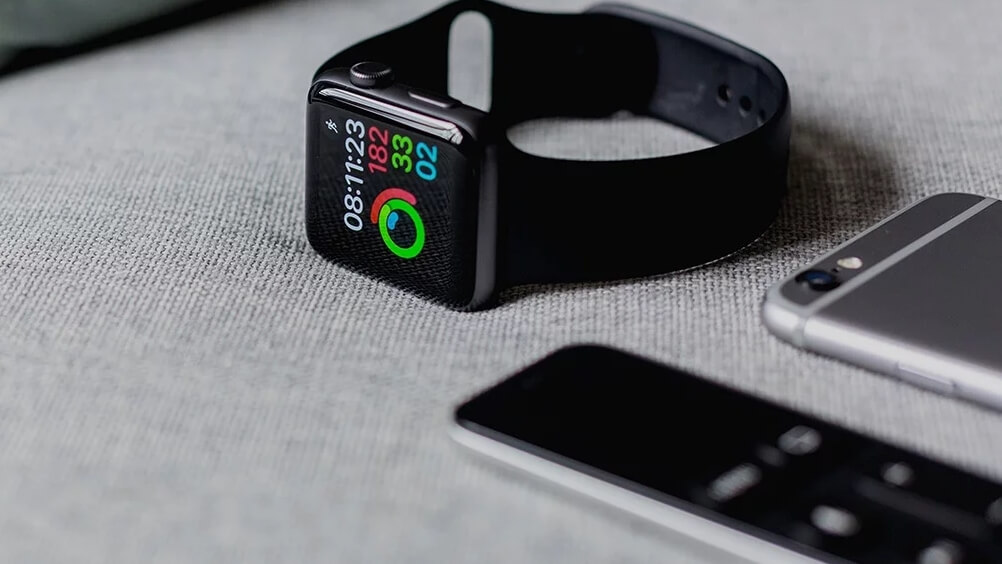Tech tools should increase healthcare access for everyone, and information technology (IT) has the potential to do just that for patients who have trouble getting the care they need.
But just what do we mean when we talk about accessibility? Well, the U.S. Department of Health and Human Services (HHS) defines access as “the timely use of personal health services to achieve the best health outcomes.”
A recent international study found that 21 percent of adults experience multiple barriers to primary care before they even walk in the door – and that results in unmet health needs and negative outcomes. Technology has huge potential to address these barriers, but it’s also important to make sure that your IT solution won’t end up becoming one of the hurdles that patients have to overcome in order to get care.
Consider these ways that health IT solutions can support your practice’s accessibility and better health outcomes:
Timeliness is one of the main components of accessibility, according to the HHS. And long wait times result in poorer outcomes for patients, whether they need knee surgery or mental health care.
When it comes to timeliness, one major fail point is appointment scheduling. A 2017 report by physician staffing firm Merritt Hawkins found that the average wait time for appointments in major metro areas is 24 days. For less populated areas, the wait is even longer, averaging around 32 days.
And when the appointment day finally arrives, patients are often left watching the clock in the waiting room. Healthcare review site Vitals reports that the average office wait time is 18 minutes and 35 seconds, and when wait times are longer, patient satisfaction goes down.
Fortunately, health IT tools can seriously improve your practice’s wait times. For example, Luma customer Dublin Physical Therapy has seen what a difference Luma’s waitlist management tool can make – with Luma, the practice can now fill 30-35 canceled appointments every month.
That means that all of those patients are getting more timely appointments, while the front desk staff is spending less time trying to fill cancellations. And when the front desk is running more efficiently, that can cut down on those in-office wait times, too.

Download this eBook for more ideas on revenue recovery campaigns your practice can implement today.
Physical access to care can be a big challenge for patients, especially those in rural areas or without access to reliable transportation. In fact, millions of Americans experience transportation-related missed or delayed care every year.
Transportation barriers affect urban and rural communities differently. For example, less than 10 percent of physicians practice in rural communities. That means that the 20 percent of people who live in rural areas have to travel to get healthcare. Car ownership and distance from a provider can both be major factors in accessibility for these patients.
On the other hand, patients in urban areas may have a much shorter difference to travel, but car ownership is less common. For patients who can’t afford public transit, or who can’t walk, those shorter distances can still pose a significant barrier.
One possible solution? For patients with transportation barriers, telemedicine can improve access to specialists, as well as services like translation and case management. From helping patients manage chronic conditions, to communicating via mobile devices, health IT can bridge distances and virtually bring providers to almost any location.
And for situations where telemedicine is not an option, ridesharing platforms could help patients access affordable transportation. Ridesharing may reduce the cost of transportation by about 30 percent, according to a recent article from the Journal of the American Medical Association.
It’s not just functionality that you need to take into account when choosing accessible tech tools. For technology that involves patient interaction, user experience can also have a big impact. When it comes to accessibility, product design can make or break a health IT tool.
A poorly designed interface can introduce barriers for patients with disabilities. For example, because so much technology relies on visual interfaces and text, this can create a number of barriers for people with blindness or visual impairments.
Literacy is another barrier that can be exacerbated by design issues. According to the HHS, up to half of Americans have limited literacy skills. Furthermore, when patients are sick, stressed or tired, even those with high literacy skills can have difficulty reading and interacting with websites.
For patients with reduced literacy, mobile optimization is massively important. That’s because these patients – along with underserved communities in general – are more likely to use mobile devices to access healthcare info.
Accessibility is not a one-size-fits-all challenge. It’s important to consider the specific needs of the population that you serve.
So, how can you head off these user experience challenges? One way to avoid issues is to limit the number of new apps or portals that you introduce to patients altogether. With Luma, for example, patients can do things like fill prescriptions and schedule appointments through text messages. This allows them to use familiar technology to access multiple types of care through a single, streamlined platform.
There are also great resources available to help you evaluate the accessibility of health IT solutions. The Web Content Accessibility Guidelines (WCAG 2.0) is a great starting point, and the HHS literacy checklist is another great option.
Accessibility is not a one-size-fits-all challenge, though. It’s important to consider the specific needs of the populations you serve, and evaluate the health IT products from their point of view. Always ask yourself: what are the common barriers your patients face? Will the new technology help them, or just make things more complicated? Remember: if a health IT tool isn’t accessible at any point in a patient’s interaction, it isn’t accessible – period.






